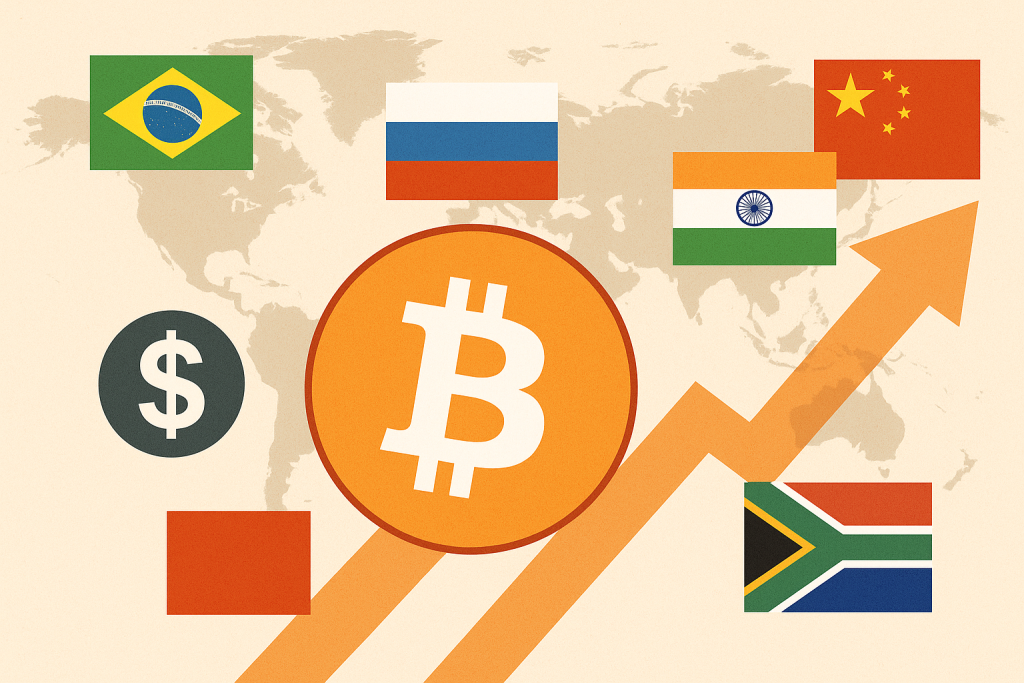The dominance of the U.S. dollar in global trade has been a cornerstone of international finance for decades. But with the rise of BRICS — Brazil, Russia, India, China, and South Africa — talk of a new currency to settle trade is gaining momentum. This move could reshape not just fiat systems, but also the role of cryptocurrencies in global markets.
BRICS Currency Ambitions
For years, BRICS nations have discussed creating a joint currency to reduce reliance on the dollar. Such a currency would likely be backed by a basket of commodities or national currencies, aiming to provide stability and encourage intra-BRICS trade. This could weaken the dollar’s hegemony in certain markets and force a rethinking of reserve diversification worldwide.
Implications for Crypto
A new BRICS currency could drive more interest in Bitcoin and stablecoins. Why? Because even with a BRICS-backed system, trust issues between member states may persist. Bitcoin, as a decentralized and neutral asset, could emerge as a bridge or hedge against political and monetary risks.
The Role of Stablecoins
USD-backed stablecoins dominate crypto trading, but a BRICS currency could pave the way for new stablecoin experiments. Imagine a BRICS-stablecoin used for cross-border DeFi lending or trade finance. This would expand the use cases for blockchain technology beyond speculation.
Market Reactions
Historically, news of de-dollarization tends to trigger spikes in Bitcoin prices as traders speculate on its role as “digital gold.” If a BRICS currency becomes reality, Bitcoin’s narrative as a hedge against geopolitical and monetary risk will likely strengthen further.
The Bigger Picture
While a BRICS currency could challenge the dollar, it won’t replace it overnight. Instead, we may see a multipolar financial system emerge, where Bitcoin and crypto play a complementary role — providing censorship-resistant, borderless settlement options.


